I'm a Professional Chef and Gardener – These Are the 5 Vegetables I'll Never Waste Time Growing Again
After years of working in kitchens and gardens, Bonnie Grant learned the hard way that some crops just aren't worth the effort.
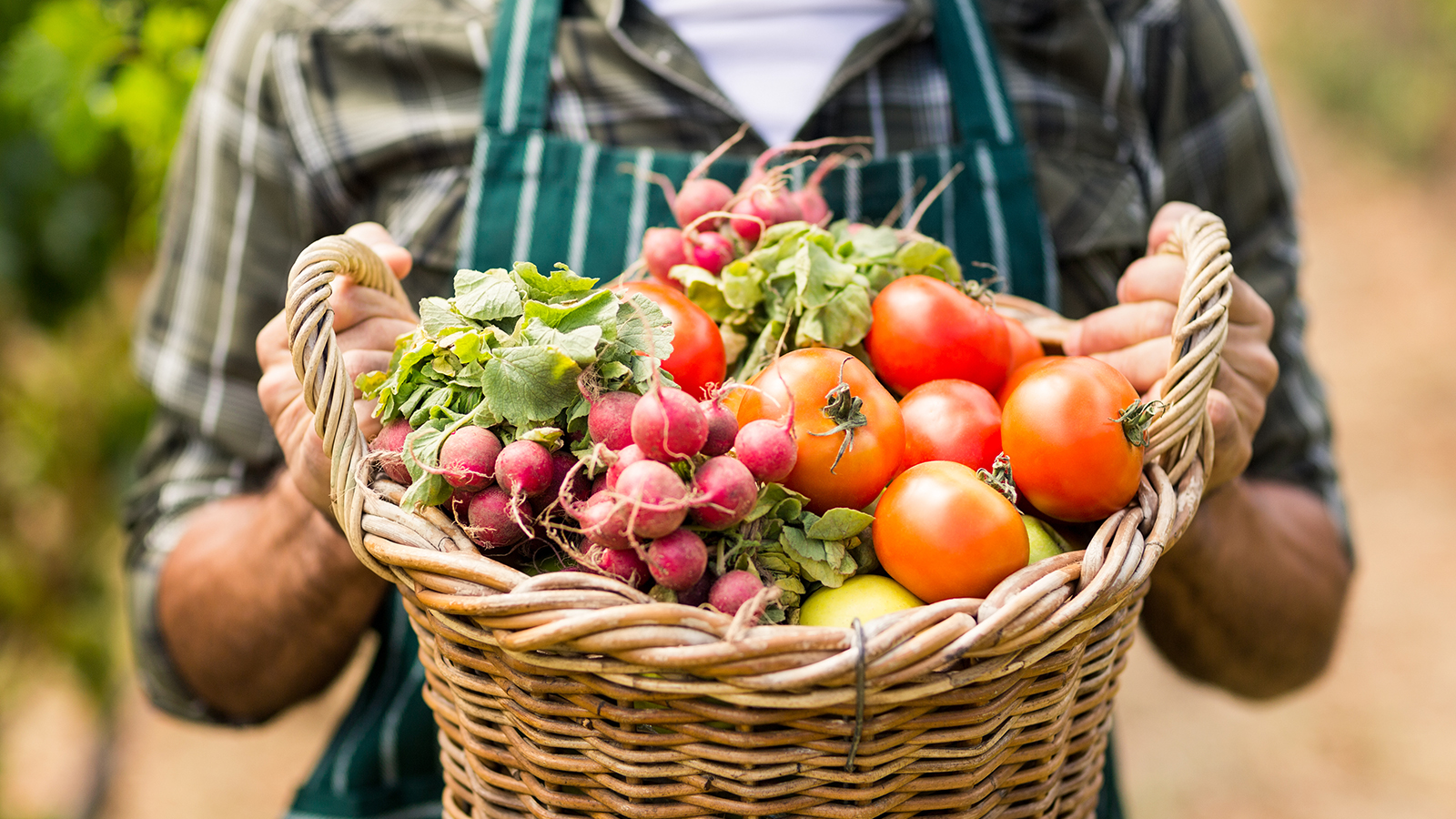

There is a lot of debate about bay leaves and their culinary significance. Sure, bay is part of many classic dishes, but can you really tell it was added? Some plants are a lot of trouble to grow, attract pests, require inordinate amounts of resources, or are not suitable for your zone. It is important to take many factors into consideration as you plan your edible garden. Simply put, some things are just too much trouble and effort for the output. In years of cooking professionally, I have come across many common and uncommon ingredients. Some of these I was, and still am, impressed by, but others are meh.
I think it’s safe to say that freshness is a factor in food texture and flavor. So it is wise for the keen culinarian to grow their own produce. There are certain vegetables I always grow as a chef, but in my zone, there are also things I don’t bother with due to my short growing season and other factors. I can purchase them at a reasonable price at the supermarket, and the quality will be better than what I could achieve. Fruits are high on this list because we experience a long, hard winter combined with a short, dreadfully hot summer. These conditions aren’t great for many tree fruits, anything tropical, and those that prefer temperate climates.
In the land of produce, I find several vegetables to be worth paying for rather than trying unsuccessfully to grow them. There are also some foods I will not grow again due to their annoyance factor. If you're starting a vegetable garden, here are some vegetables that I would not recommend to other gardeners.
1. Sunchoke
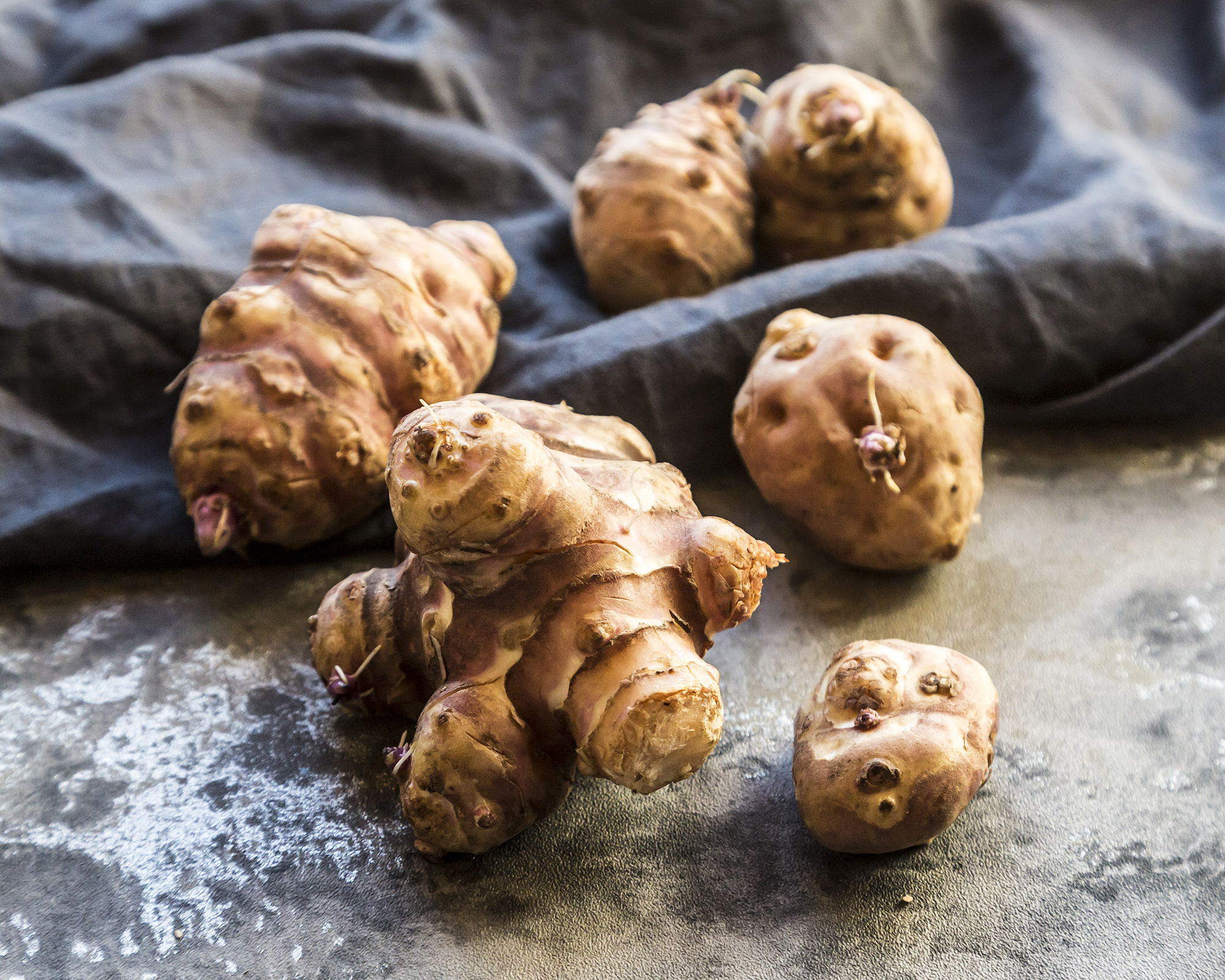
My favorite flower is a sunflower, and sunchokes bear a similar bloom. But there the resemblance ends. Sunchokes – also known as Jerusalem artichokes – are grown for their edible tubers. They can be roasted, boiled, grilled, and more. Their flavor is best described as nothing, while the tuber has the capacity to cause certain consumers gastric upset. They have a strange texture even when cooked, although they are often touted as a replacement for potatoes.
I wouldn’t advise replacing potatoes with sunchokes. I also wouldn’t advise growing them, period. The tubers multiply like rabbits, and after one season, you will find yourself with unchecked numbers of plants. They will get into the neighbor’s yard and cause spats. They are top of my list of produce never to grow again.
Parsnips have an earthy and slightly sweet flavor, which makes them a much more enjoyable substitute for sunchokes. Hollow Crown, available from Burpee, is an heirloom variety with a smooth, sweet flavor that stores well.
2. Cauliflower
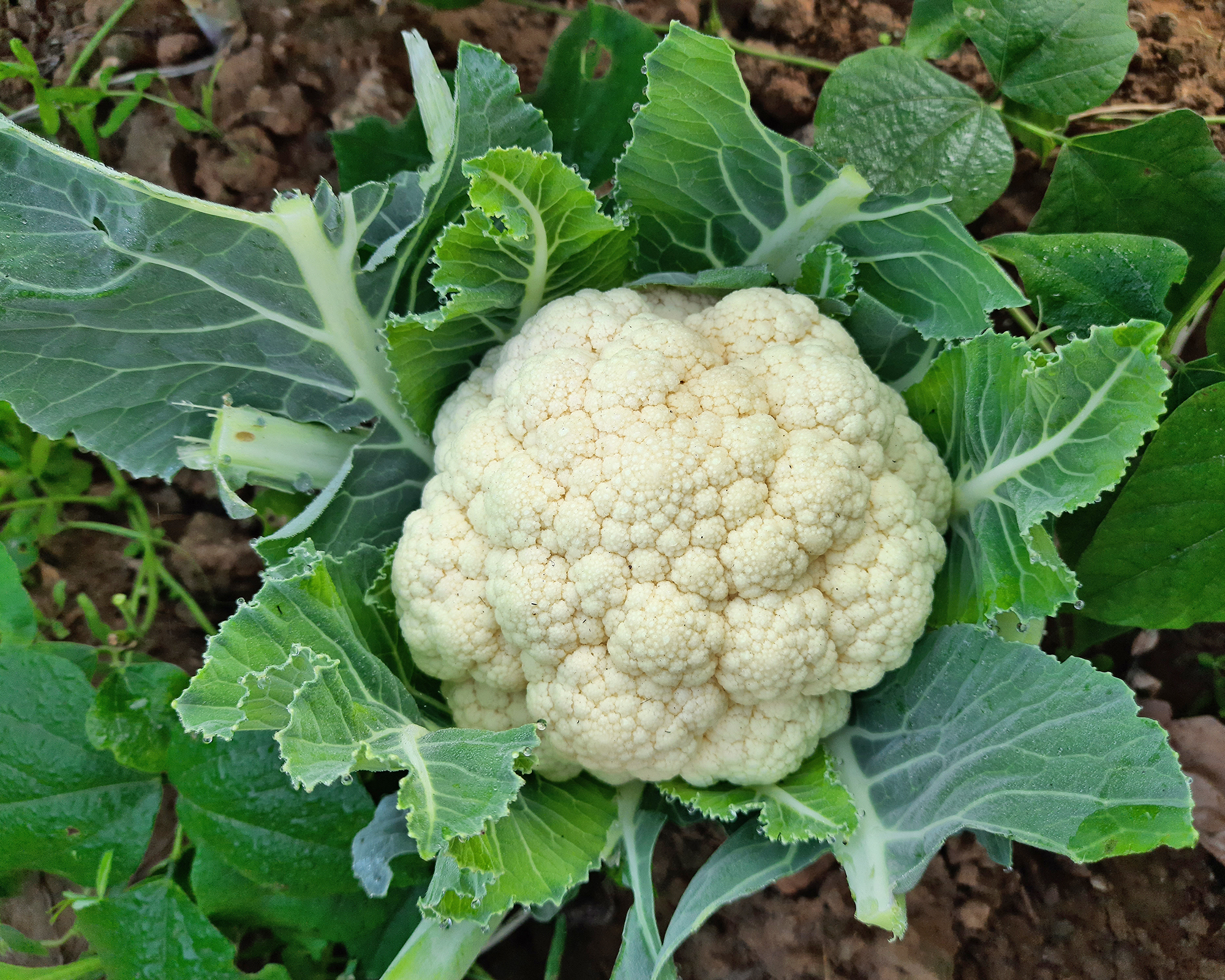
This is one of my favourites in a long list of favorite cruciforms. Cooked or raw, riced or chunked, cauliflower is divine in any form. In my zone, you have to grow from starts and get them in very early before the triple-digit weather hits. They grow quite well, but what I can’t get a handle on are the aphids. Mine got pink (dubiously pretty?) aphids all over the flower head. They make a sticky mess with the honeydew, and then the whole plant gets covered in sooty mildew. No amount of organic treatment has been sufficient to beat back the onslaught. Due to these prolific pests, I will be purchasing cauliflower from here on.
Sign up for the Gardening Know How newsletter today and receive a free copy of our e-book "How to Grow Delicious Tomatoes".
If you like cauliflower as a carb swap-out, then try zucchini instead, which is an easy-to-grow option that makes a great spaghetti substitute. Fordhook zucchini, available from Eden Brothers, is a fantastic all-rounder that's sweet enough to eat raw.
3. Parsley
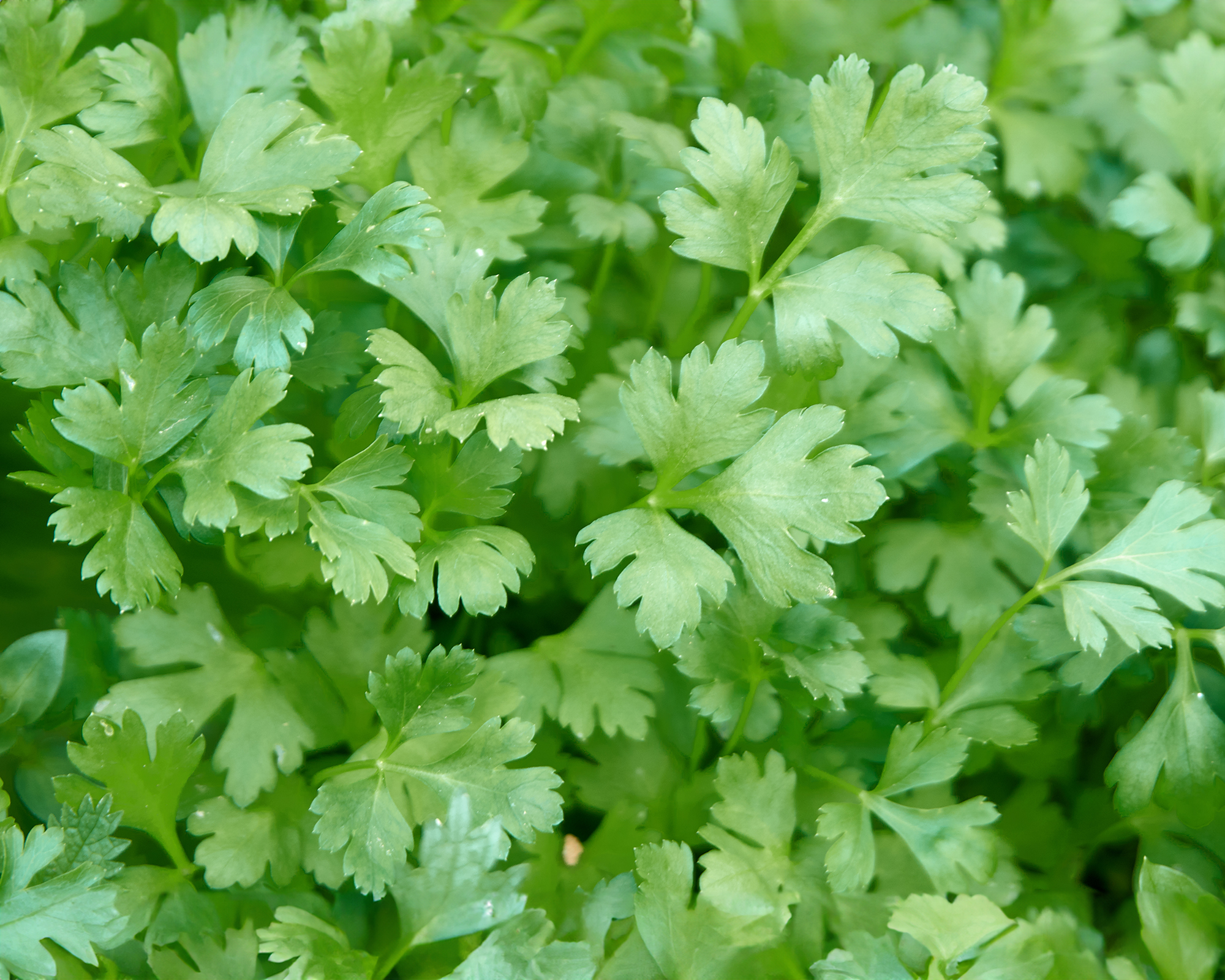
Much like the aforementioned bay leaves, I don’t believe parsley has much use. Sure, it will make some new boiled potatoes, and it seems to be necessary in tabouli. But parsley is very difficult to grow from seed. I have tried numerous times. In spite of soaking and scarification, the seeds don’t sprout for weeks. By the time you are ready to call it a day, you will finally see some tiny shoots. These shoots stay the same size for months. Babying the plant has little effect on speeding up its growth. In the end, the plant doesn’t add much but a grassy flavor.
There are so many tastier herbs that are easier to grow than parsley, including chives, dill, basil, and oregano – all available in this Sereniseed Certified Organic Herb Seeds Collection from Amazon.
4. Sweetcorn
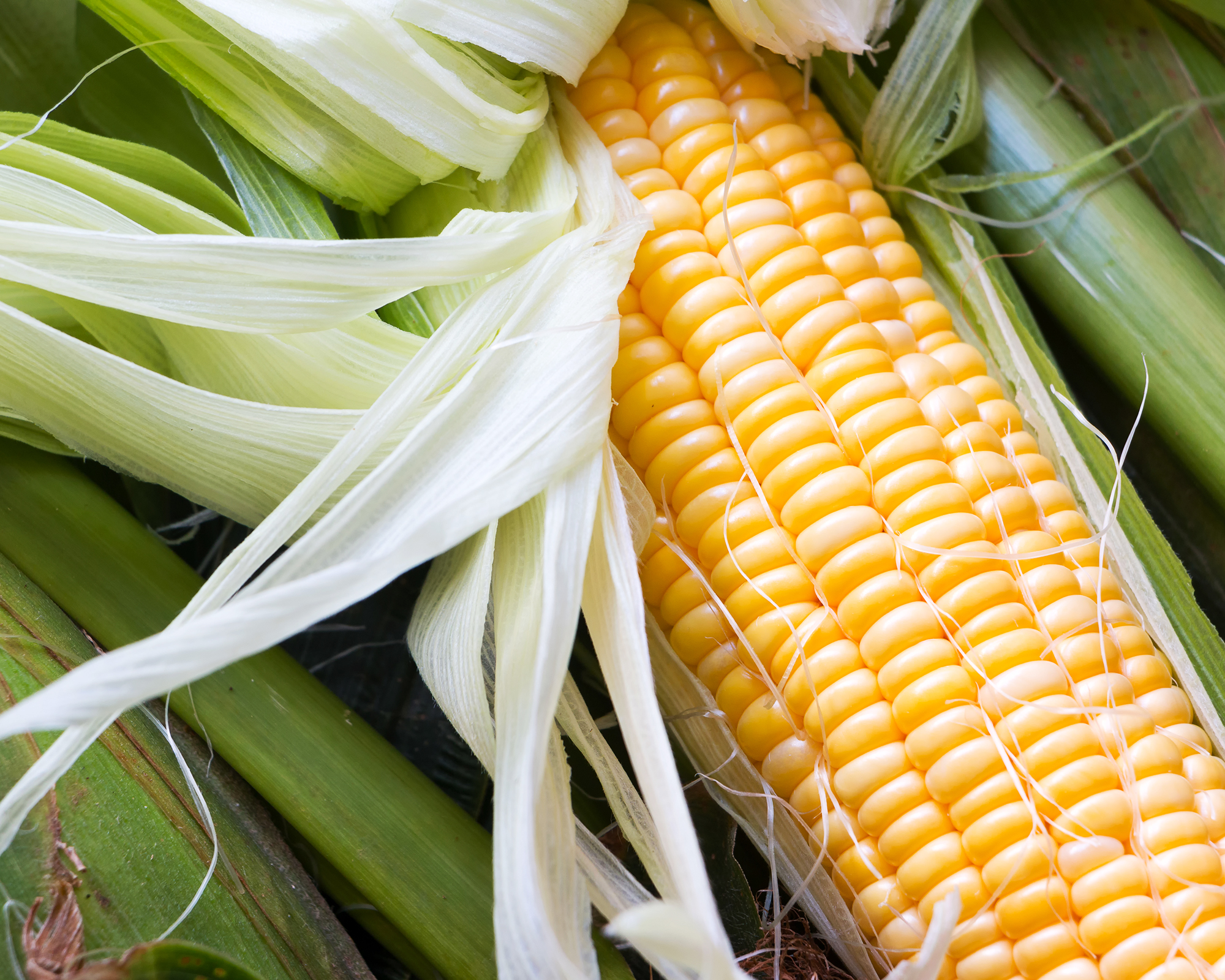
This one may depend on where you live, but where I live, we are the wheat capital, not the corn capital. High, driving winds and light, loose soil that doesn’t give these towering plants much foothold mean they are often face down in the soil. Additionally, I find the sweetcorn I did get was dry, not juicy. The plants also take up a lot of space, so unless you happen to have an extra lot, getting enough yield for your family can be challenging.
I think corn, when it is in season, is reasonably priced at the supermarket and sweet and delicious. So I just buy up a bunch and then freeze it for the cold months. Just blanch the whole cob for 4 minutes and then shock it in ice water. Let it dry a bit and then freeze in plastic freezer bags. That summer fresh taste will remain when you thaw it.
Instead of sweetcorn, try growing peas or beans instead. Survival Seeds' Bean Seed Collection, available at Walmart, contains three great varieties to get you started.
5. Lettuce
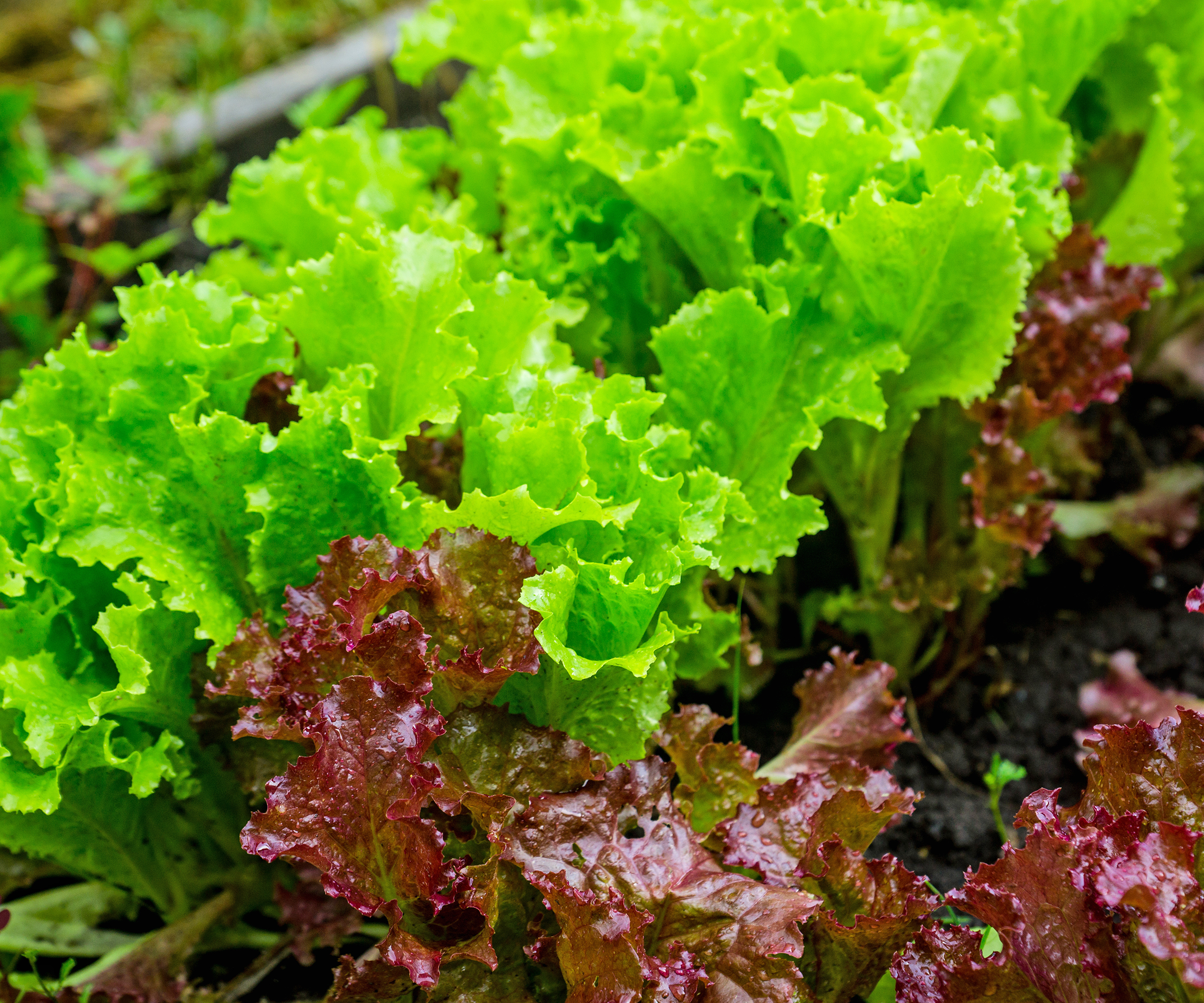
I have tried many times to grow lettuce, and I’ve gotten some lovely heads. But when I cut them open, there are always tiny mites and bugs of all sorts. Usually, the center and core have been ravaged by insects, even though the outside looks perfect. If you grow organic, like I do, you are limited in the types of insecticides you can use. Which means half-eaten greens. Lettuce requires constant vigilance to prevent pest damage.
Kale, spinach, and Swiss chard are quite easy to grow and not as pest-riddled as other greens. They're all included in this Survival Garden Seeds 5 Greens Collection Seed Vault from Amazon, which also contains Green Salad Bowl lettuce – one of the easiest varieties if you still want to try.
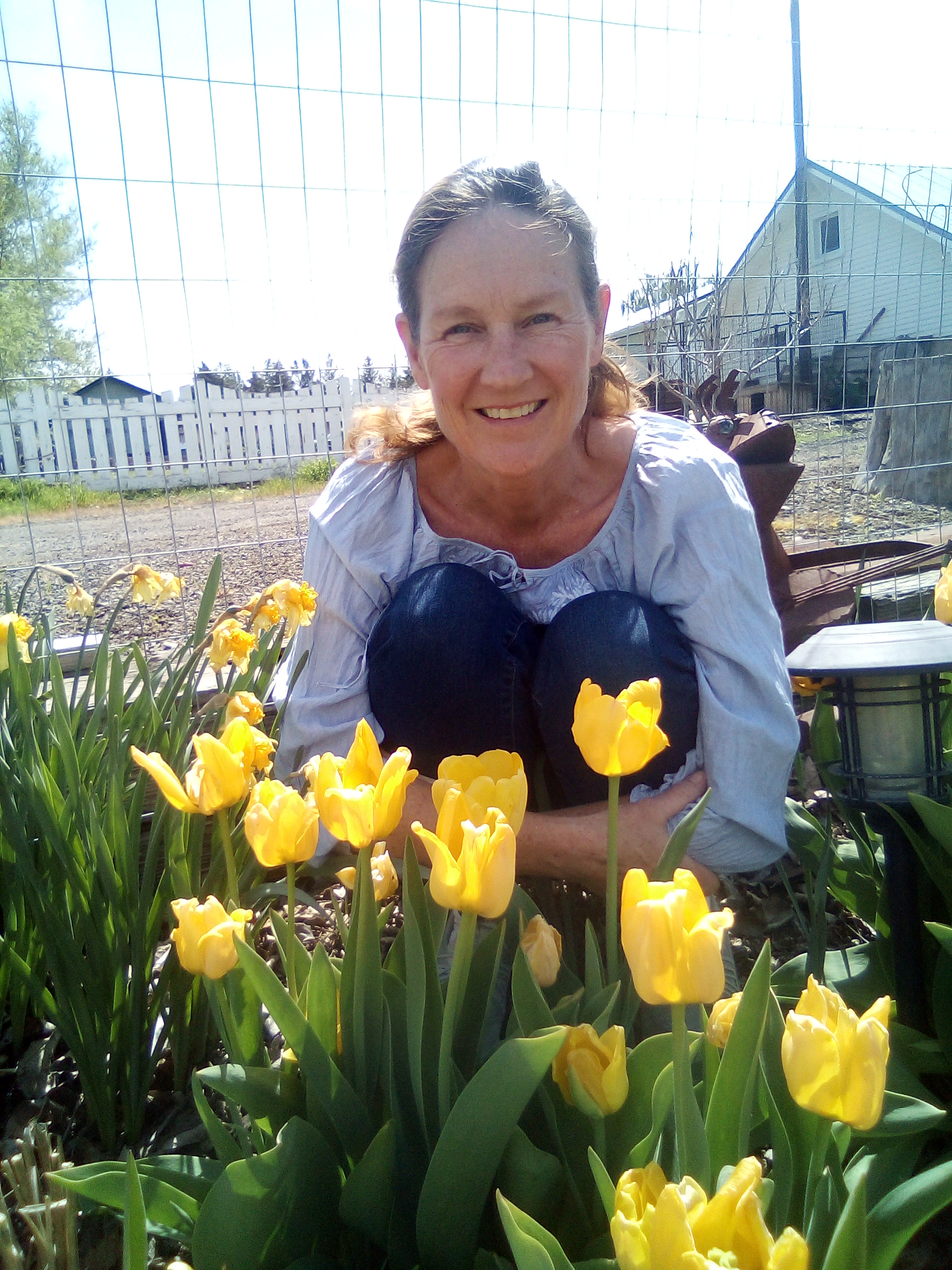
Bonnie Grant is a professional landscaper with a Certification in Urban Gardening. She has been gardening and writing for 15 years. A former professional chef, she has a passion for edible landscaping.